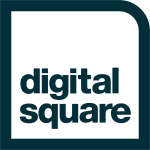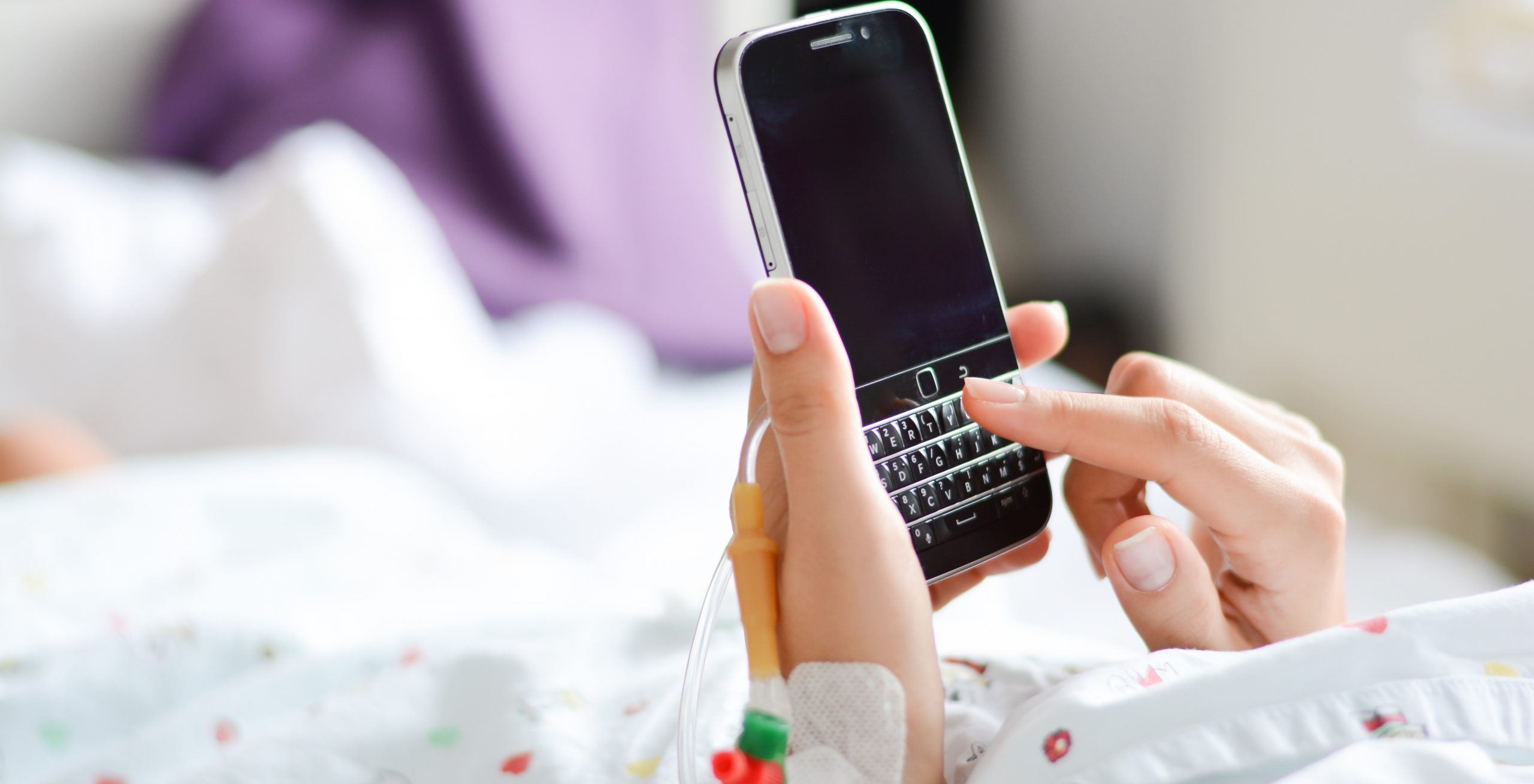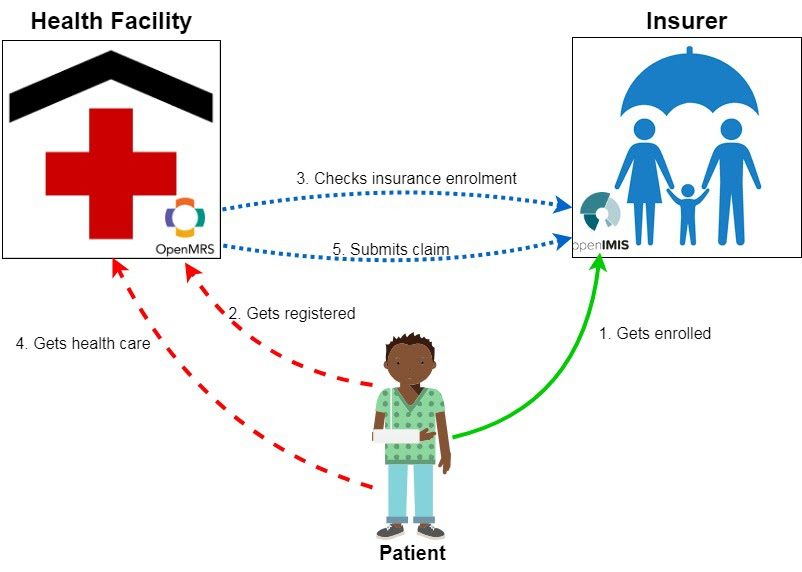SolDevelo on a mission to create better access to patients’ insurance information – the Insurance Claim Module open source project


In SolDevelo we have a clear mission – we want to use our experiences and expertise to help people through technology. That’s why we have created our Social Impact Foundation and this is also the reason why we frequently contribute to the development of open source projects. We want to allow digital technology to be helpful where it is needed the most – and it usually means in the developing countries of the world. The new Insurance Claim Module project is a great example of such an activity.
The background
In low- and middle-income countries, the implementation of health financing schemes may be a great struggle. It is so mainly because the access to appropriate digital technologies is a real obstacle there. Fortunately, the open source Insurance Management Information System (in short, openIMIS) came into life. It is a free and reliable solution aimed at managing complex interactions of a health care system, including enrolling/registering beneficiaries, processing claims and calculating reimbursements for providers. The goal of openIMIS initiative, on the other hand, is to continuously improve the software and extend its global reach and applicability.
In June 2018, the openIMIS initiative, together with Digital Square (the program designed by the United States Agency for International Development in partnership with the Bill & Melinda Gates Foundation) offered a co-financing opportunity to further develop openIMIS through Notice C – Modular Transformation of openIMIS. That is when SolDevelo decides to take up the challenge.
The goal
Together with the Swiss Tropical and Public Health Institute (Swiss TPH), a world-leading institute in global health and a designer of the Insurance Management Information System (IMIS), we were to build the working integration between openIMIS and OpenMRS – the world’s largest open source project to develop health information technology for resource-constrained environments. Our goal was to develop claim submission, enrollment, and enrollment verification module with a clinical point of service application using the relevant HL7 FHIR standards. In other words, we wanted to connect two open-source health projects to save time and resources of the healthcare providers in developing countries. Thanks to our relevant experience with work on social impact software and open-source projects, we were a perfect choice for this kind of task.
The process
The development process was split into two parts: the openIMIS side and the OpenMRS side.
On the openIMIS side, we implemented a module acting as an FHIR server. We used an open source implementation of FHIR STU3 that is used as the main standard of communication between openIMIS and OpenMRS. On the OpenMRS side, we applied a module responsible for checking patient’s insurance enrollment status and managing their billing. We also implemented an app module that extended the user interface in OpenMRS using extension points (fragments) in other modules, such as e.g. the Registration App Module, responsible for the patient registration interface. Another improvement was the extension of the interface responsible for recording patient visits – it is now to support their billing details, too.
The benefits
Technical details of the process are one thing, but what about the real benefits that both patients and healthcare providers would derive from our project? All in all, this is the final beneficiaries’ experience that counts the most in the development of social impact software.
Here the improvement is easily scalable. A person enrolled by the Insurer would receive the insurance card with a unique insurance number. Once they get sick, they would go to a health facility that uses openMRS. The patients’ insurance ID number would be entered in their openMRS record and enable getting details from openIMIS on their eligibility. In other words, details needed to establish the client’s identity and insurance benefits will be provided from openIMIS to openMRS. When the patient’s treatment is undertaken by the health facility, the processing of payments will be managed in openMRS. Once the treatment is completed, the relevant details from openMRS are sent to openIMIS in order to get reimbursement. After the thorough assessment, the amount to be paid is established and sent back to openMRS.
It is not difficult to deduct that the Notice C1 project will make access to affordable healthcare easier and more efficient. As a result, healthcare facilities will be able to receive all the necessary information on their patients’ insurance, enroll them faster in the system, and provide their medical services without any bureaucratic setbacks.
Related posts:













